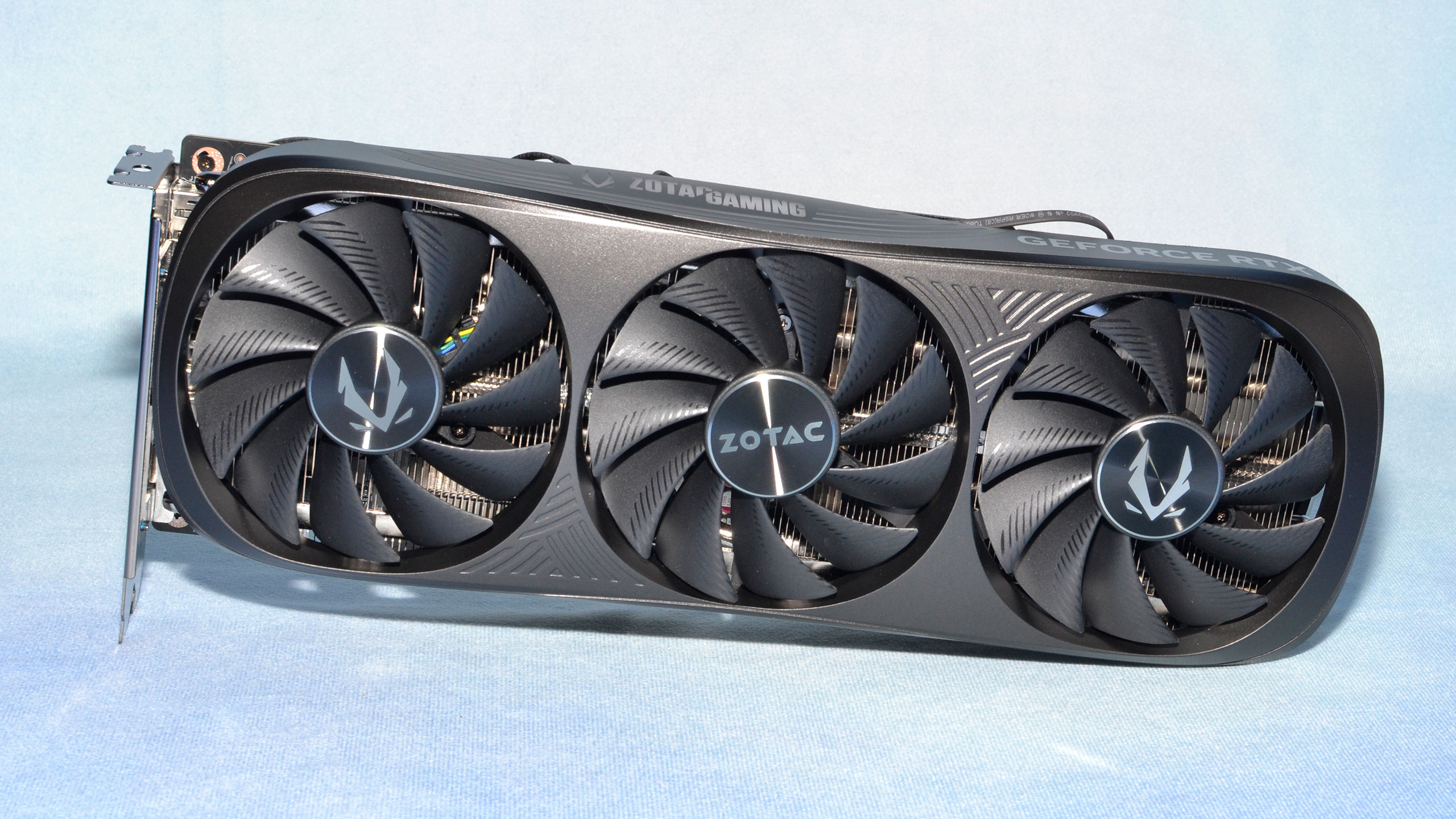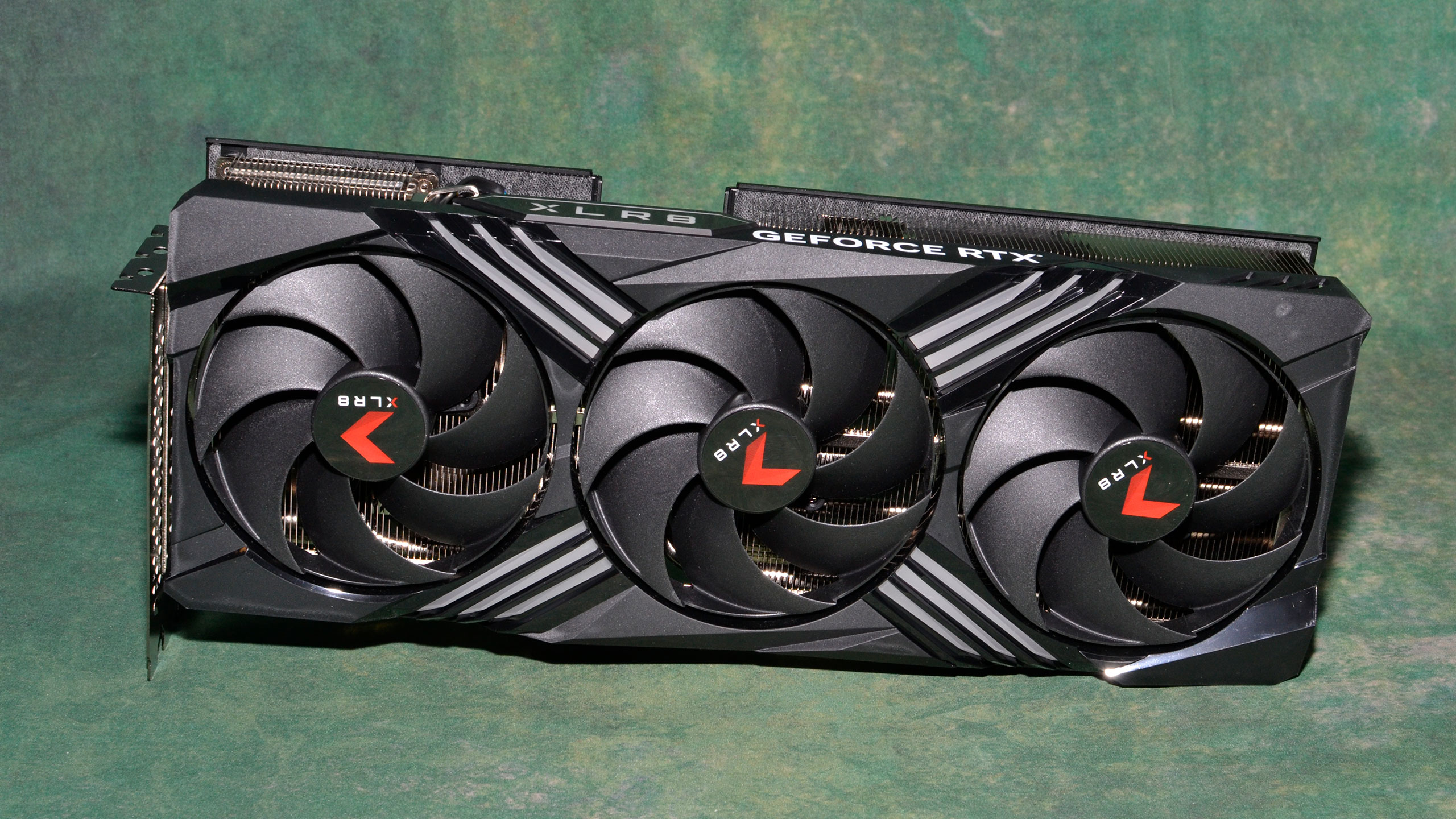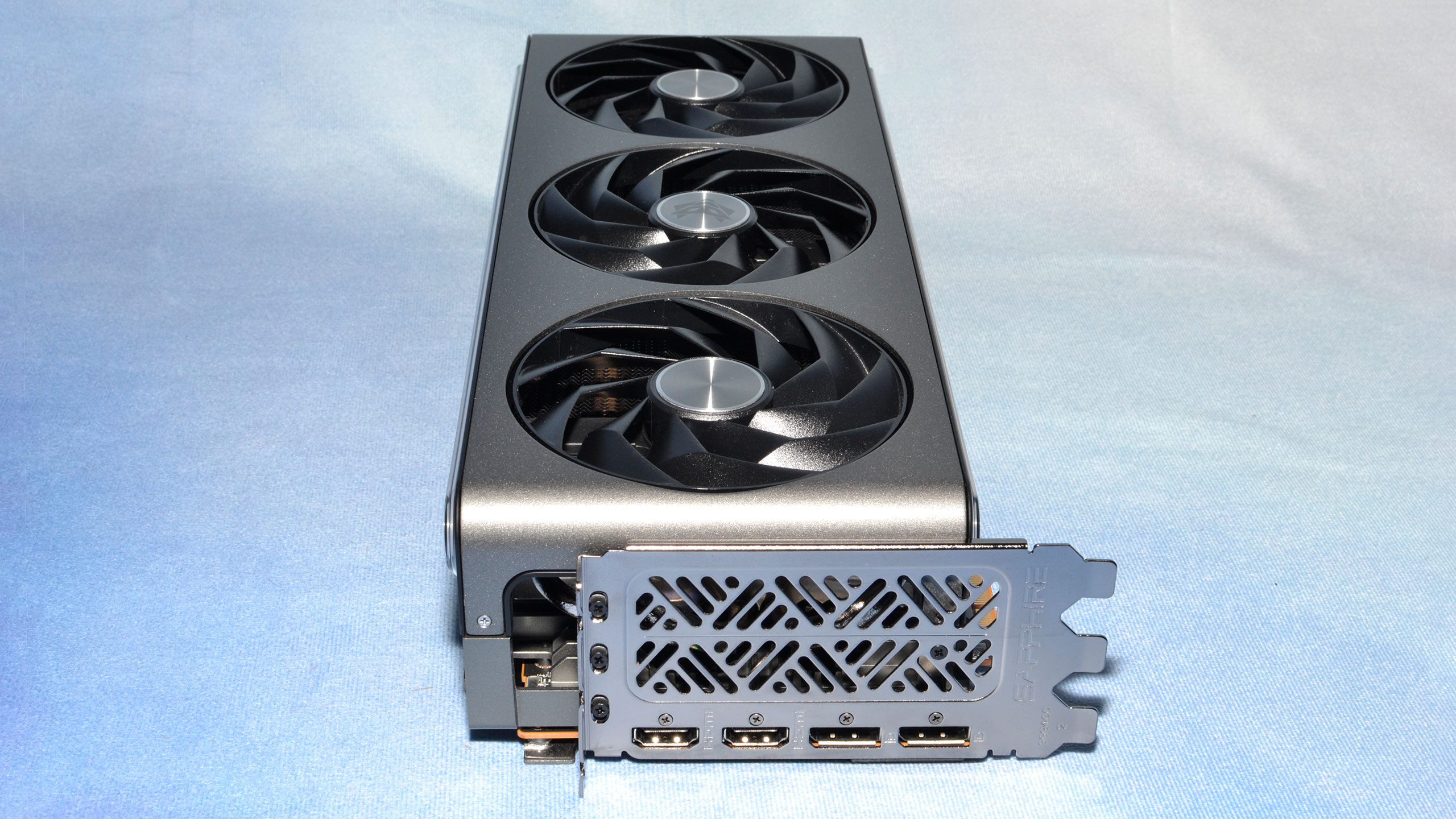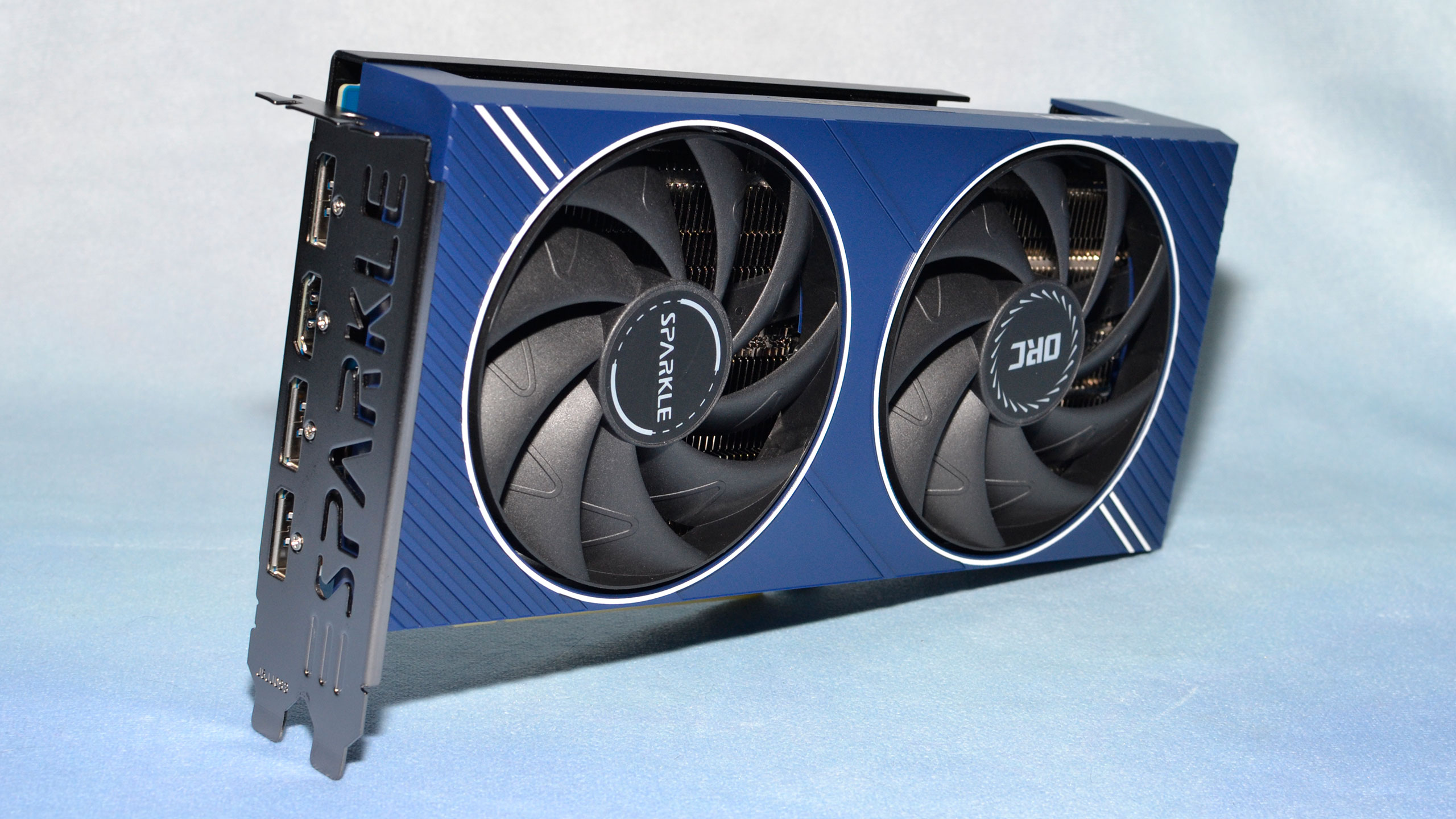When we reviewed theRTX 4080 Superat the end of January, we noted that it only offered minor performance improvements over the RTX 4080, but the $200 cut in MSRP was a welcome change. I didn’t think demand for the RTX 4080 Super would drive prices up much, but at least for six weeks, that proved to be wrong. In February, the least expensive RTX 4080 Super we could find was often in the $1,300 or higher range — and the same was true of the ‘discontinued’ vanilla RTX 4080 cards. The 4080 Super should be one of thebest graphics cards, but a 30% price premium compared to MSRP makes it much harder to recommend.Thankfully, the situation has improved in the past few weeks. With many AI companies apparently willing to buy RTX 4090 cards, that pushed prices on the fastest consumer GPU up to $2,000 and more, and we worried the RTX 4080 Super as the second fastest graphics card would suffer a similar fate. Now, theRTX 4090 can be found for $1,669— granted, most stillstart at $1,799 and up— and theRTX 4080 Super starts at $999. (You may also want to try putting a notification on the Asus store where the4090 TUF Gaming still sits at $1,599, though it’s frequently out of stock.)These aren’t price cuts but rather price corrections where the base prices are now getting at or at least closer to the official MSRP. Hopefully, that’s because supply has caught up to demand and we won’t see higher prices going forward, but only time will tell. And since we’re already talking about GPU pricing, let’s also look at the otherNvidia Ada Lovelace RTX 40-series GPUsas well as AMD and Intel cards.
The rest of Nvidia’s GPU stack has been largely unaffected by shortages. There’s not much point in getting the vanilla RTX 4080 now, given thecheapest price is over $100 morethan the 4080 Super. The newRTX 4070 Ti Super starts at $799, as expected — occasionally with a sale that might drop the price another $10–$20. The RTX 4070 Ti was officially phased out when the Super models were introduced, but while inventory lasts you can get theRTX 4070 Ti for $689. The least expensiveRTX 4070 Super is this Zotac at $579(with $10 instant rebate code), $20 less than the MSRP. TheRTX 4070 at $524is $25 below the new MSRP as well.Below that level, our enthusiasm for Nvidia’s latest GPUs does start to fall off, with the three different 4060-class cards starting at or below their official MSRPs. TheRTX 4060 TI 16GB starts at $449, so no discount there.RTX 4060 Ti 8GB costs $379, $20 below the MSRP, andRTX 4060 starts at $279, also $20 below MSRP.The raw price-to-performance ratios favor the lower-cost GPUs, but there are certain tasks where some cards fall on their face — any workload that needs more than 8GB for example won’t fare too well on the 4060 and 4060 Ti 8GB. I can name several games off the top of my head where max settings will exceed 8GB, even at 1080p:Cyberpunk 2077,Forza Horizon 5,Hogwarts Legacy,Horizon Forbidden West, andSpider-Man: Miles Morales.More will undoubtedly come out this year. Be careful about picking up an 8GB card if you’re hoping to run ‘ultra’ settings going forward.

AMD’s competingRX 7000-series GPUsfollow a similar pattern overall, with most selling at or below their official MSRPs. The RX 7900 XTX officially still has a $999 MSRP, but theXFX RX 7900 XTX costs $899, $100 below MSRP after the $30 instant rebate.RX 7900 XT costs $699, so it’s $50 below the now-reduced official MSRP, while theRX 7900 GRE sits at $439, $10 below MSRP.AMD’sRX 7800 XT starts at $499, so there’s no current discount — which makes the 7900 GRE mentioned above that much more attractive.RX 7700 XT costs $399, however, $50 below the MSRP and certainly worth considering. That’s 20% less than the 7800 XT, for about 15% lower performance.We’re not as keen on the last two RDNA 3 options, with theRX 7600 XT starting at $319— $10 off MSRP but it still feels overpriced for what you get. That’s 20% less than the 7700 XT, but it’s also 33% slower on average. And last but not least, theRX 7600 costs $249, now $30 below the official launch MSRP, though performance is still pretty lackluster — it’s only barely faster than the previous generationRX 6650 XT at $230, though you do get AV1 encoding support and DP2.1 outputs so the 7600 is probably worth the extra $20.
What about Intel’s Arc GPUs? The currentIntel Arc Alchemist GPUsare in a tough spot, as they were late to market and were pretty much intended to compete with the previous generation RTX 30-series parts. The Arc A750 was billed as a less expensive alternative to the RTX 3060, with roughly similar performance, but the 3060 has now been replaced by the 4060. Price cuts have helped to keep Arc relevant on some levels, but efficiency is definitely a weak spot.The top-endArc A770 16GB now costs $279, which is basically the same price as Nvidia’s RTX 4060. It trades blows with Nvidia’s card, has double the memory and double the memory bandwidth, but also double the power draw. Overall, the RTX 4060 tends to win out, and drivers are less problematic. TheArc A770 8GB at $343is basically discontinued and pointless, as the 16GB variant is faster and better in every meaningful way.While the A770 isn’t a great option now, theArc A750 at $209remains viable. It’s slower than AMD’s competing RX 7600 in rasterization games, but also $40 cheaper — though it does still use quite a bit more power. And if you’re considering the A750, the step down to theArc A580 at just $159represents the best GPU value right now in terms of FPS per dollar spent.The A580 is about 10~12% slower than the A750 and costs 24% less, and still has the same 256-bit memory interface and 8GB. It’s a great budget GPU, particularly if you’re still holding on to something from five or more years back. It’s about the same performance as the RX 6600 and RX 5700, as well as the RTX 2060 Super, if you’re wondering.And at the bottom of the stack sits theArc A380 for $99again. Prices had crept up for the past few months, which was unfortunate as this card really belongs in the sub-$100 range. It’s sufficient for 1080p medium quality gaming, with decent video encoding/decoding capability, and it only needs about 75W of power. The Sparkle card we linked even gets by without any external power, though it likely gives up some performance in the process. But since this card isn’t about performance in the first place, that should be fine.

Get Tom’s Hardware’s best news and in-depth reviews, straight to your inbox.
Jarred Walton is a senior editor at Tom’s Hardware focusing on everything GPU. He has been working as a tech journalist since 2004, writing for AnandTech, Maximum PC, and PC Gamer. From the first S3 Virge ‘3D decelerators’ to today’s GPUs, Jarred keeps up with all the latest graphics trends and is the one to ask about game performance.


